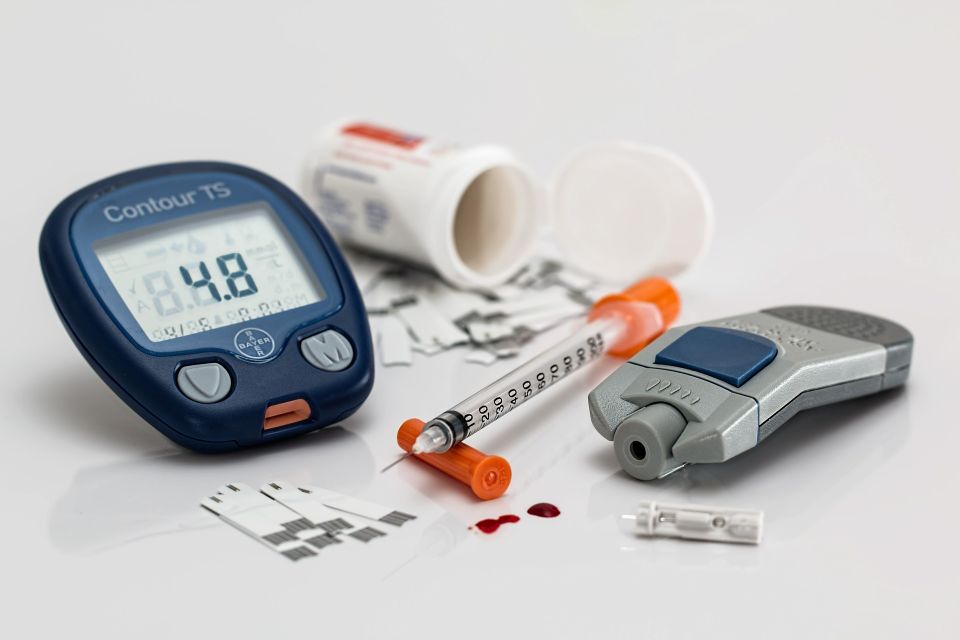Diabetes

Diabetes can strike anyone, from any walk of life.
And it does – in numbers that are dramatically increasing. In the last decade, the cases of people living with diabetes jumped almost 50 percent – to more than 29 million Americans.
Worldwide, it afflicts more than 380 million people. And the World Health Organization estimates that by 2030, that number of people living with diabetes will more than double.
Today, diabetes takes more lives than AIDS and breast cancer combined -- claiming the life of 1 American every 3 minutes. It is a leading cause of blindness, kidney failure, amputations, heart failure and stroke.
Living with diabetes places an enormous emotional, physical and financial burden on the entire family. Annually, diabetes costs the American public more than $245 billion.
Just what is diabetes?
To answer that, you first need to understand the role of insulin in your body.
When you eat, your body turns food into sugars, or glucose. At that point, your pancreas is supposed to release insulin.
Insulin serves as a “key” to open your cells, to allow the glucose to enter -- and allow you to use the glucose for energy.
But with diabetes, this system does not work.
Several major things can go wrong – causing the onset of diabetes. Type 1 and type 2 diabetes are the most common forms of the disease, but there are also other kinds, such as gestational diabetes, which occurs during pregnancy, as well as other forms.
And it does – in numbers that are dramatically increasing. In the last decade, the cases of people living with diabetes jumped almost 50 percent – to more than 29 million Americans.
Worldwide, it afflicts more than 380 million people. And the World Health Organization estimates that by 2030, that number of people living with diabetes will more than double.
Today, diabetes takes more lives than AIDS and breast cancer combined -- claiming the life of 1 American every 3 minutes. It is a leading cause of blindness, kidney failure, amputations, heart failure and stroke.
Living with diabetes places an enormous emotional, physical and financial burden on the entire family. Annually, diabetes costs the American public more than $245 billion.
Just what is diabetes?
To answer that, you first need to understand the role of insulin in your body.
When you eat, your body turns food into sugars, or glucose. At that point, your pancreas is supposed to release insulin.
Insulin serves as a “key” to open your cells, to allow the glucose to enter -- and allow you to use the glucose for energy.
But with diabetes, this system does not work.
Several major things can go wrong – causing the onset of diabetes. Type 1 and type 2 diabetes are the most common forms of the disease, but there are also other kinds, such as gestational diabetes, which occurs during pregnancy, as well as other forms.
